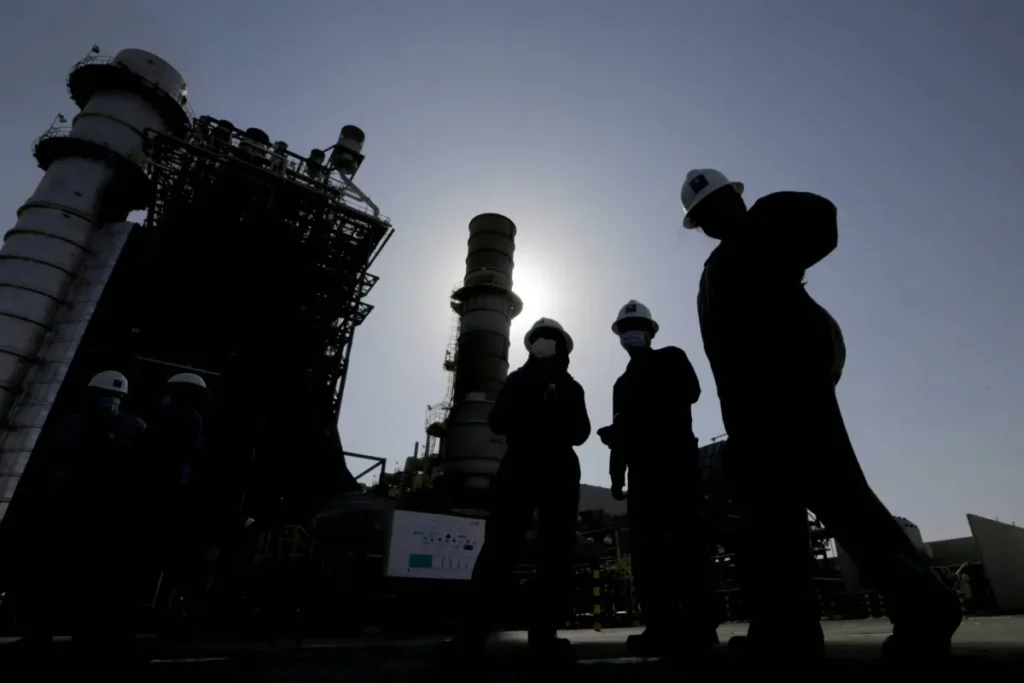Saudi Aramco has achieved a world-first milestone by successfully operating a megawatt-scale renewable energy storage system to support gas production operations. This marks the first global use of an iron-vanadium flow battery as a solar energy backup for gas well operations.
The 1-megawatt-hour flow battery system in Wa’ad Al Shamal in northwest Saudi Arabia is based on patented technology developed by Aramco and implemented in collaboration with Rongke Power (RKP), a global leader in flow battery technology.
The battery can support up to five gas wells throughout its 25-year lifespan and offers a robust alternative to conventional solar energy solutions. It efficiently meets variable energy demands and is designed to withstand the Kingdom’s hot climate, delivering optimal performance even in extreme weather, setting it apart from other vanadium flow batteries currently on the market.
“This pioneering flow battery system, developed by Aramco’s researchers, represents a significant breakthrough for the oil and gas sector,” said Aramco’s Senior Vice President of Technical Services, Ali Al-Meshari.
“While Aramco already powers many remote gas wells with solar panels and lead-acid batteries, this advanced flow battery solution offers greater flexibility in renewable energy storage, making it a preferred choice for many industrial applications. It demonstrates how Aramco continues to develop and deploy advanced technologies to enhance energy efficiency and reduce emissions across its operations,” he added.
Flow batteries store energy in liquid electrolytes kept separate from the battery cells. When pumped through the cells, the chemical energy in the electrolyte is converted into electricity. This system allows for energy independence and enables frequent charging and discharging with minimal loss of capacity. Flow batteries also pose a lower fire risk compared to other types of batteries, and their modular design ensures easier, lower-cost maintenance.
The new flow battery aligns with Aramco’s broader strategy to invest in renewable energy and energy efficiency as part of its ambition to achieve net-zero Scope 1 and 2 greenhouse gas emissions from wholly owned and operated assets by 2050.
The system uses improved liquid electrolyte solutions and requires less vanadium than comparable systems. It also operates efficiently across a wide temperature range—from -8°C to 60°C—without needing thermal management systems. This positions the battery as a highly effective solution for powering isolated and unmanned oil and gas sites, capable of adapting to fluctuating energy needs without incurring additional costs.



